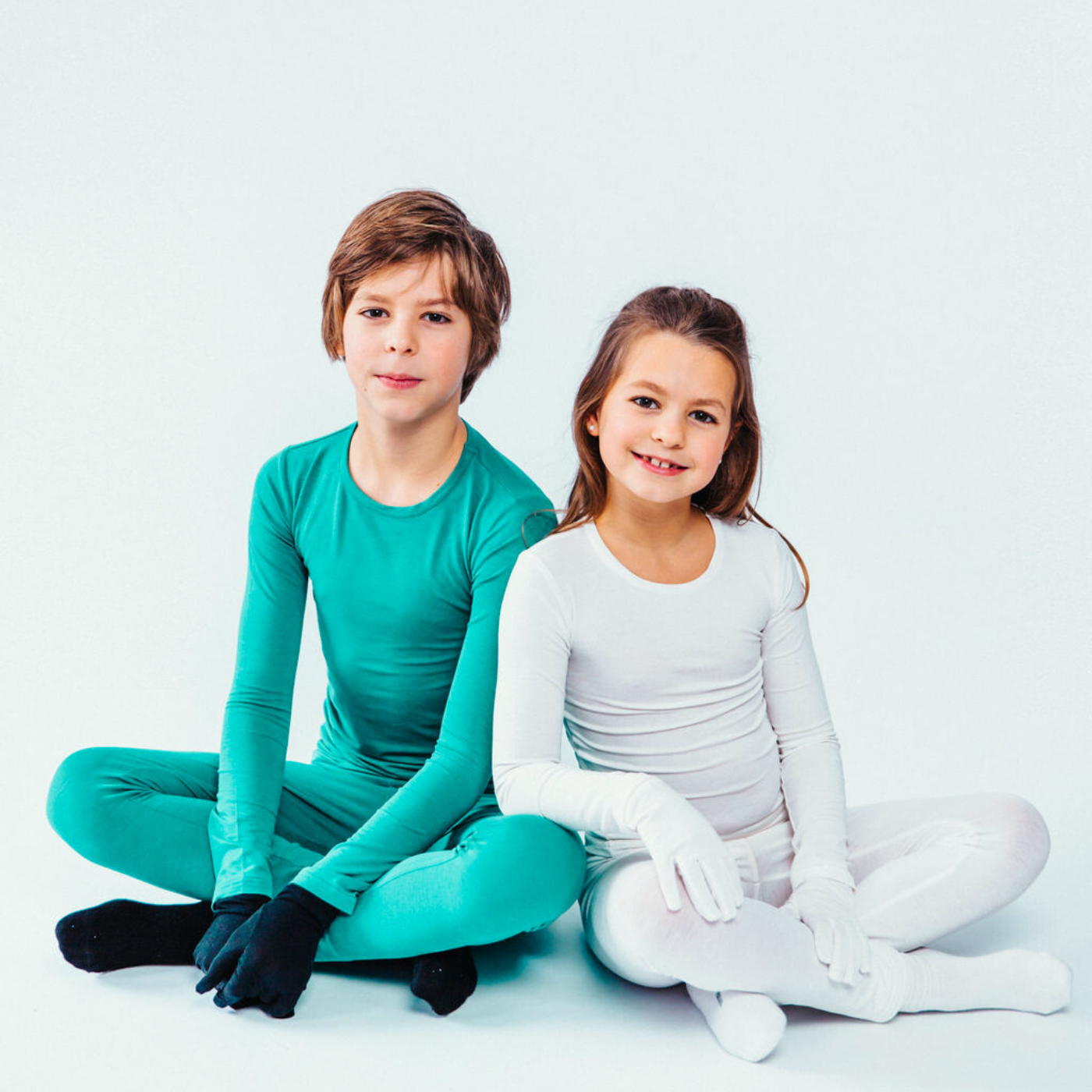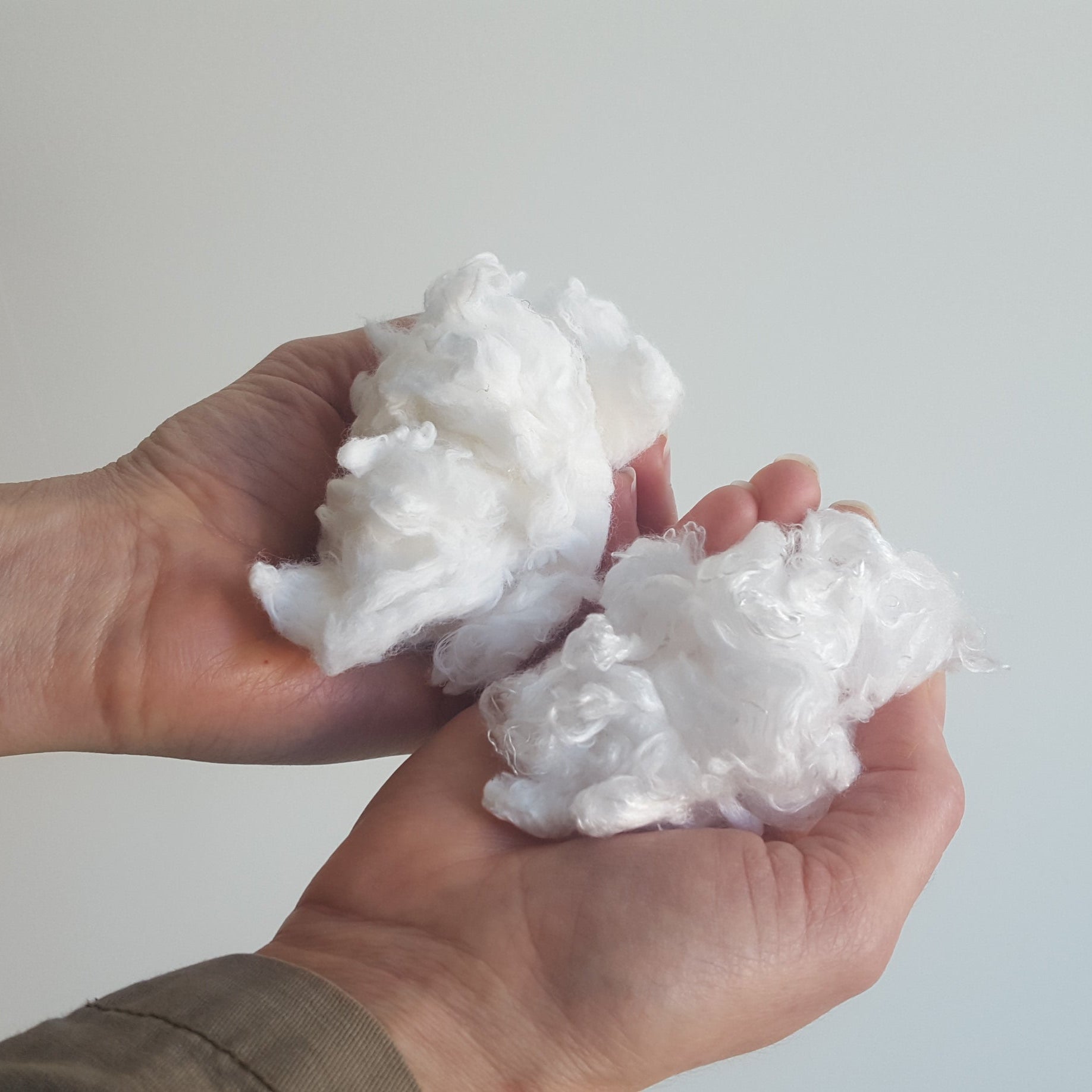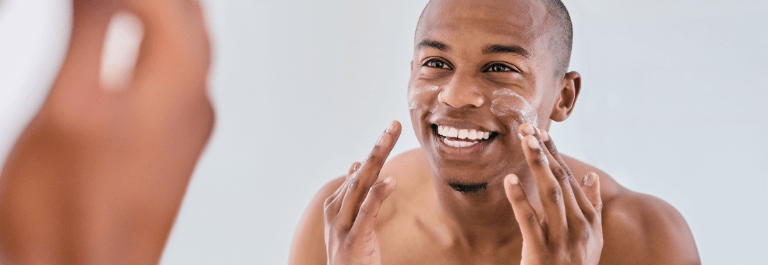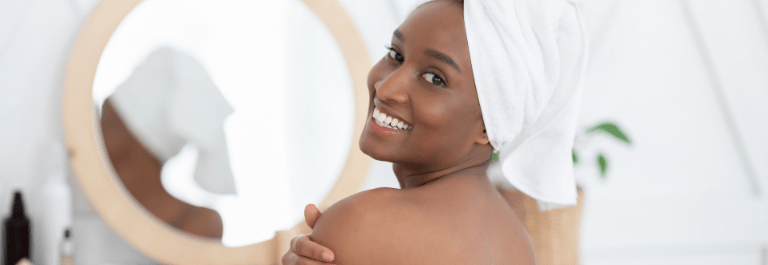It’s natural that different fungi and bacteria grow on the skin. Most of them aren’t dangerous and, in fact, are necessary for the body to function properly. However, if they begin to multiply uncontrollably, they can cause infections.
A common infection is candidiasis of the skin, otherwise known as a yeast infection. In this post, we’ll describe some types of yeast infections on the skin and their symptoms, as well as some natural remedies.
Understanding Yeast Infections
Cutaneous candidiasis are yeast infections of the skin. Candida is the type of fungus that causes infection when it grows too much. It can also cause diaper rash in babies, or lead to infection in your nails, vagina, or mouth.
A yeast infection commonly develops in warm, moist places. That’s why they commonly develop in creases of the body such as the armpits and groin area. People who are obese, taking antibiotics, or who have diabetes are at increased risk of developing a yeast infection. It’s important to note that yeast infections are not contagious.
What Causes Yeast Infections on Skin
A yeast infection occurs when the skin becomes infected with candida. While candida is a fungi that naturally lives on the skin, infection results when the fungus begins to multiply uncontrollably. This can happen as a result of tight clothing, poor hygiene, warm weather, obesity, the use of corticosteroids or other medications that affect the immune system, and consistently damp or wet skin.
A weakened immune system, as a result of pregnancy, diabetes, eczema or another medical condition, can also increase the risk of a yeast infection developing.
Types of Yeast Infections on Skin
The typical symptoms of a yeast infection are a red rash, itching, a burning sensation, pimple-like bumps on the skin, and patches that may ooze a clear fluid. If you have a yeast infection on your nail bed, you can also expect swelling, pus, and a white or yellow nail that separates from the nail bed.
Signs of thrush, or a yeast infection of the mouth, can include pain and white patches on your tongue or on the insides of your cheek.
A vaginal yeast infection may involve burning, itching, white or yellow discharge, and redness.
What To Do about Yeast Infections on the Skin
Fortunately, yeast infections on the skin can be prevented with simple home remedies or lifestyle changes. Perhaps the most important way to prevent a yeast infection is through proper skin hygiene.
It’s important to wash the skin often and dry it thoroughly so that it doesn’t become too moist.
Here are some simple lifestyle changes you can make to prevent and treat yeast infections:
Wear Breathable Clothing
It’s important to wear breathable clothing to keep the skin from becoming moist and sweaty. We love Remedywear because the garments feature moisture-wicking properties that keep sweaty irritation at bay.
We recommend these form-fitting pants for adults and kids, as well as these protective shirts from adults and kids.
Shower Directly After Working Out
If you’ve become sweaty after working out, it’s important to change out of your damp clothing as quickly as possible. Take a lukewarm shower to cleanse the skin. You should avoid hot water as this has a tendency to dry out the skin.
Make sure you thoroughly pat dry your skin with a towel once you are finished washing.
Use a Natural Soap
When cleaning your body, we recommend using a gentle, fragrance-free soap like this Coconut and Sunflower Oil Soap Bar. It has a light, clean smell without added perfume and is gentle for even the most sensitive skin.
Change Undergarments and Socks Often
Practice good hygiene by changing your undergarments and socks regularly. We also recommend wearing moisture-wicking socks such as these Remedywear™ socks for adults and kids.
These Men’s Boxer Briefs are also a soothing treatment for sensitive areas.

